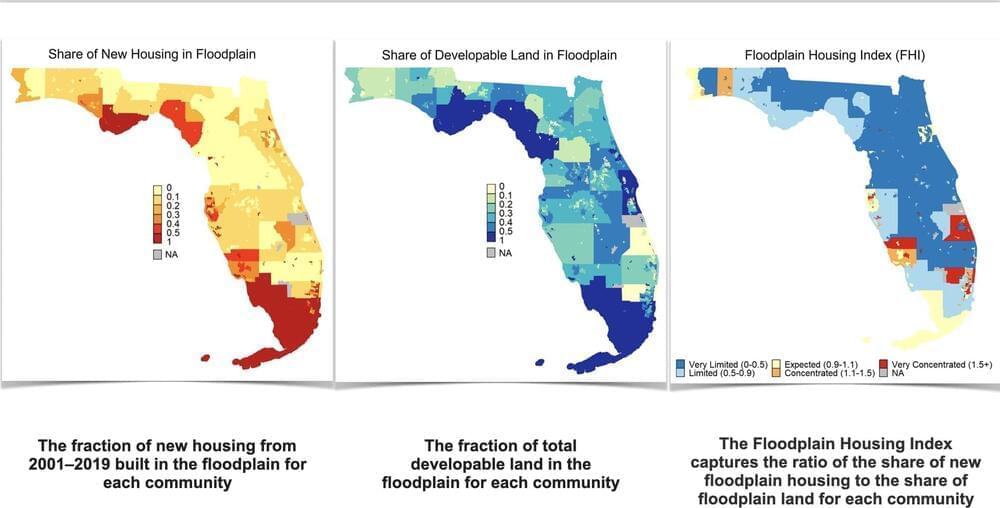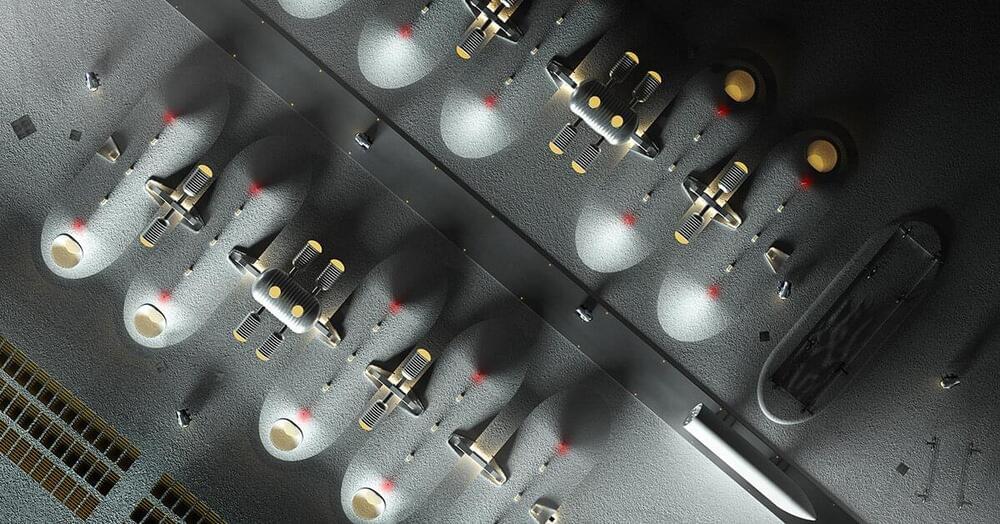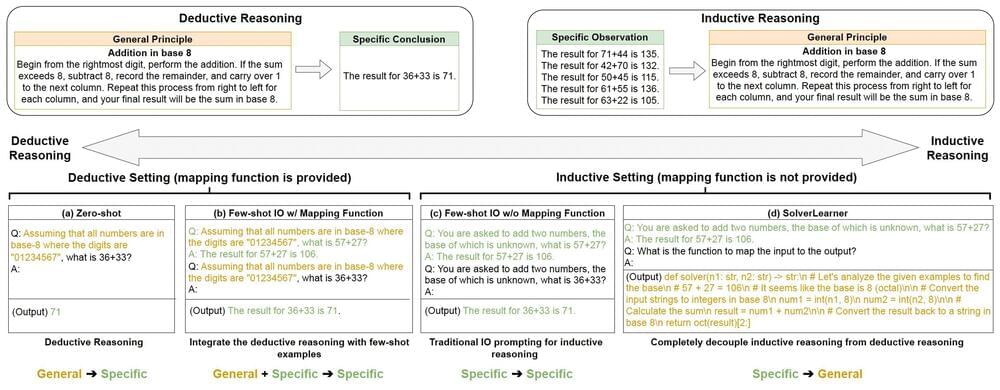El Cosmico Campground Hotel in the Texas desert is billed as the world’s first 3D-printed hotel. Following the project’s announcement earlier this year, 3D-printed architecture firm Icon is busy constructing the ambitious hotel.
El Cosmico is an expansion and reimagining of an already-existing campground hotel on the outskirts of Marfa, Texas. According to Icon, it will include camping areas, vacation homes, shared amenities, and permanent residences for sale. Connected to the hotel is the collection of the BIG-designed three and four-bedroom “Sunday Homes.” Pricing on the Sunday Homes starts at a cool $2.29M.
The company says the new hotel and homes feature organic curves and domes, a design that is only possible with 3D printing. The project was created in collaboration with architecture firm BIG-Bjarke Ingels Group.







